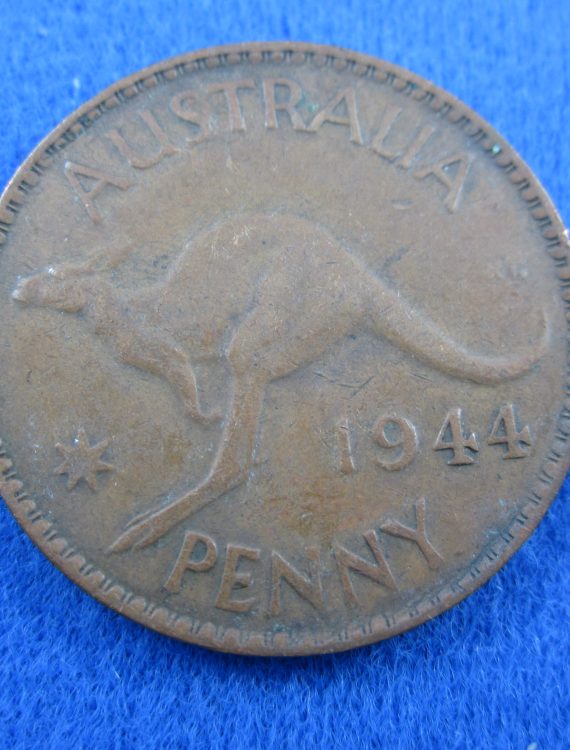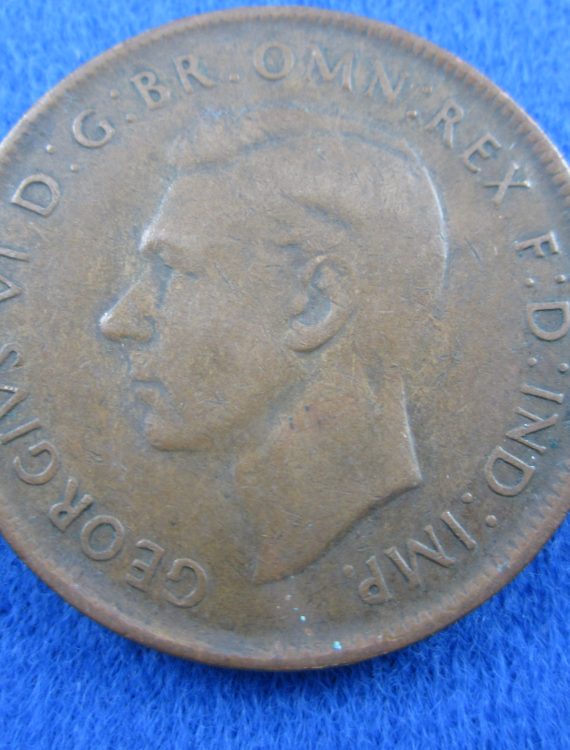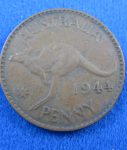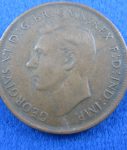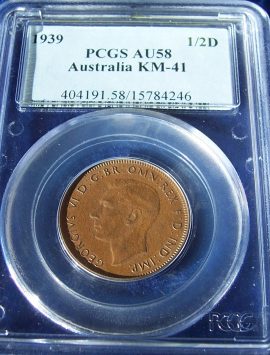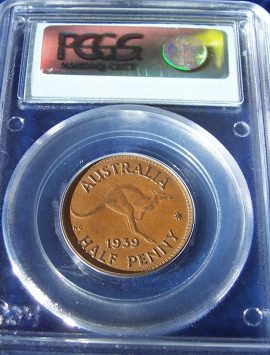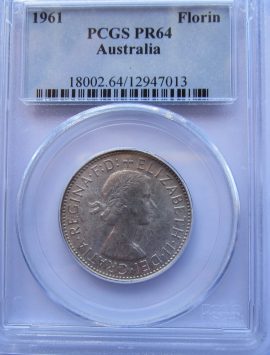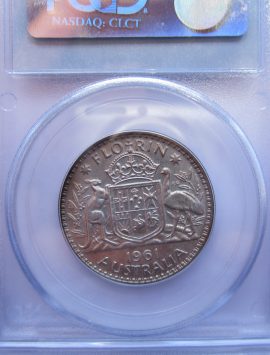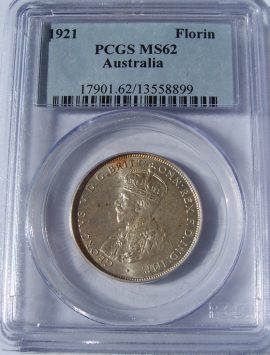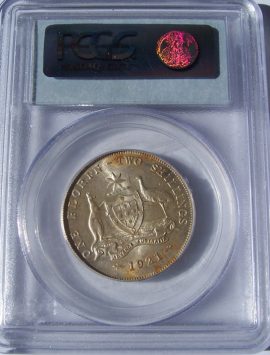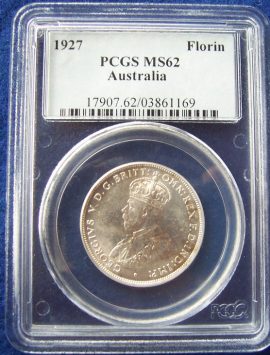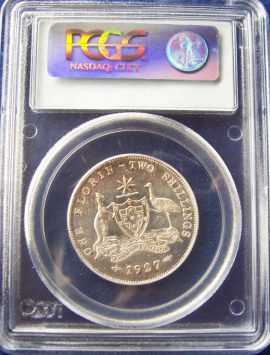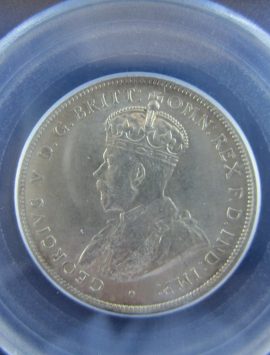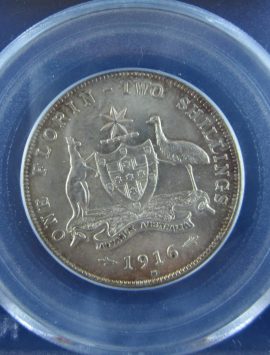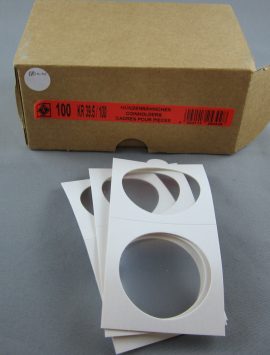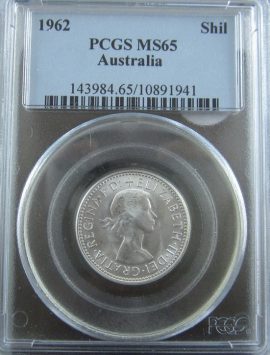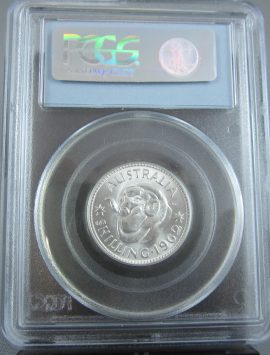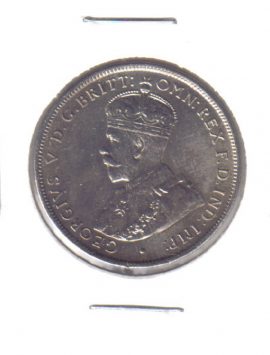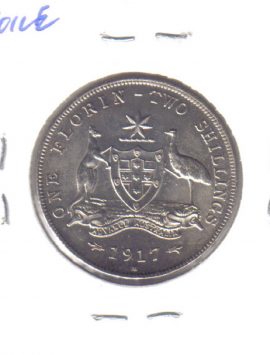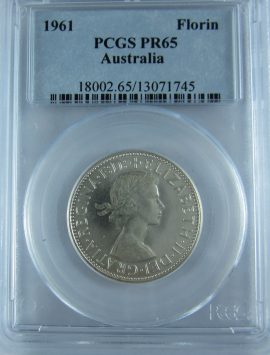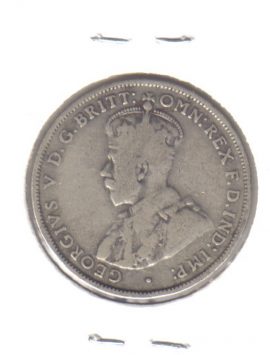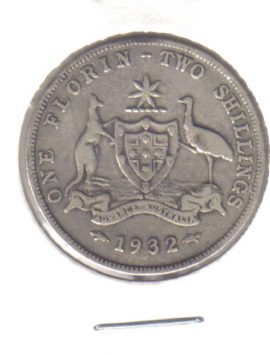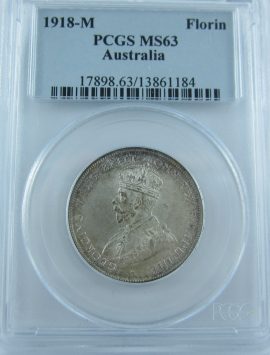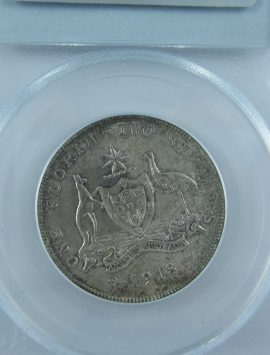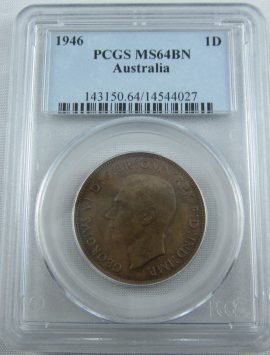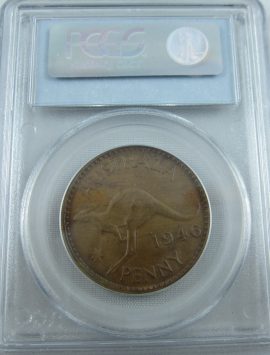Product Description
This coin is included because so many of the public have been ringing me about a 1944 penny they find. In fact this article will apply to the majority of pennies that the average person will find or may have.
They go onto the web and google the date.
I can tell you that the penny you have found is almost 99.99% surely just an ordinary one worth less than $1.
A proof coin that a dealer may have is a rare item.
If you want to see a nice proof penny then come into the store and ask me to show you one.
Uncirculated vs. Proof Coins: What Is the Difference?
Confused about the difference between uncirculated and proof coins? Find out what makes these two coin types unique and the benefits of each…
If you have been collecting coins for a while, then at one time or another you have probably encountered the terms “proof” and “uncirculated” coins. Both coins typically come in mint condition on account of the fact that they have not been distributed to the public. In this way, both coin types are technically uncirculated. However, there are some distinct differences you should know.
For starters, a proof coin usually fetches a higher premium than an uncirculated coin, and proofs are shinier and more detailed. But, looks are not the only differences between proof and uncirculated coins. Each type of coin offers a unique approach to investing in and collecting coins.
Decide which approach is best for you by learning about the benefits of proof vs. uncirculated coins below.
Proof Coins
Collectors recognize a proof coin as “a specially made coin distinguished by sharpness of detail, usually with a brilliant mirror-like surface.” However, proof does not necessarily indicate the condition of the coins, but rather the way in which the coins are produced or manufactured. Proof coins are struck at least twice and treated with special dies which make their features more defined, detailed, and glossy.
The quality of both proofs and uncirculated coins are graded. The condition of a proof is graded on a number scale, with PR 70 being perfect condition. The lower the proof grade is, the more wear or handling the coin shows.
The main reasons to buy proof coins are:
- Appearance. Proof coins are struck twice instead of just once like regular coins, but this one extra strike gives the coins a much shinier, clean-looking finish and makes the intricate details of the design pop. Most proofs can be identified by their mirror-like background. This attractive presentation is one of the most popular qualities of proofs.
- Because of the extra time and effort the Mint must spend to produce proofs compared to regular coins, and since raw coins tend to represent the bulk of coin sales, there are usually fewer proofs made
- With their high-quality presentation and rarity, proof sets are often sought after by collectors. This collectability is one of the best qualities of proofs. They make great gifts for holidays or birthdays.
- Generally speaking, proof coins have a higher relative mark-up than uncirculated coins. As a collector’s item, proofs can be sold for more than the value of the raw precious metals they contain. However, the downside is they cost a little more than uncirculated coins to purchase.
Uncirculated Coins
Like proof coins, a coin that is marked as “uncirculated” implies it is in mint condition and does not have the wear or scratches that circulated coins usually have. However, non-proof, uncirculated coins are struck using the same method as regular circulated coins, but with certain “quality enhancements” – such as slightly higher coining force, early strikes from dies, special cleaning after stamping, and special packaging, according to the Mint.
Though the production method of making uncirculated coins is standard, the finished appearance of each coin may vary slightly due to blemishes or toning during the minting process or “bag marks” during transportation. For this reason, the condition of uncirculated coins is rated with 13 MS (mint state) subdivisions, ranging from About Good (AG-3) to Perfect Uncirculated (MS-70).
The main benefits of uncirculated coins are:
- Cost. If you want to invest in gold and silver via coins, uncirculated coins are the most cost-effective option. Since they are easier to produce, the premiums for these coins are generally lower than proofs.
- Popularity. Uncirculated coins appeal to both the investor and coin collector side in all of us. They are an affordable way to invest in gold and silver coins while still guaranteeing a high level of quality. These characteristics are why raw uncirculated coins are so popular.
Source – https://www.providentmetals.com/knowledge-center/collectible-coins/proof-vs-uncirculated-coins.html
